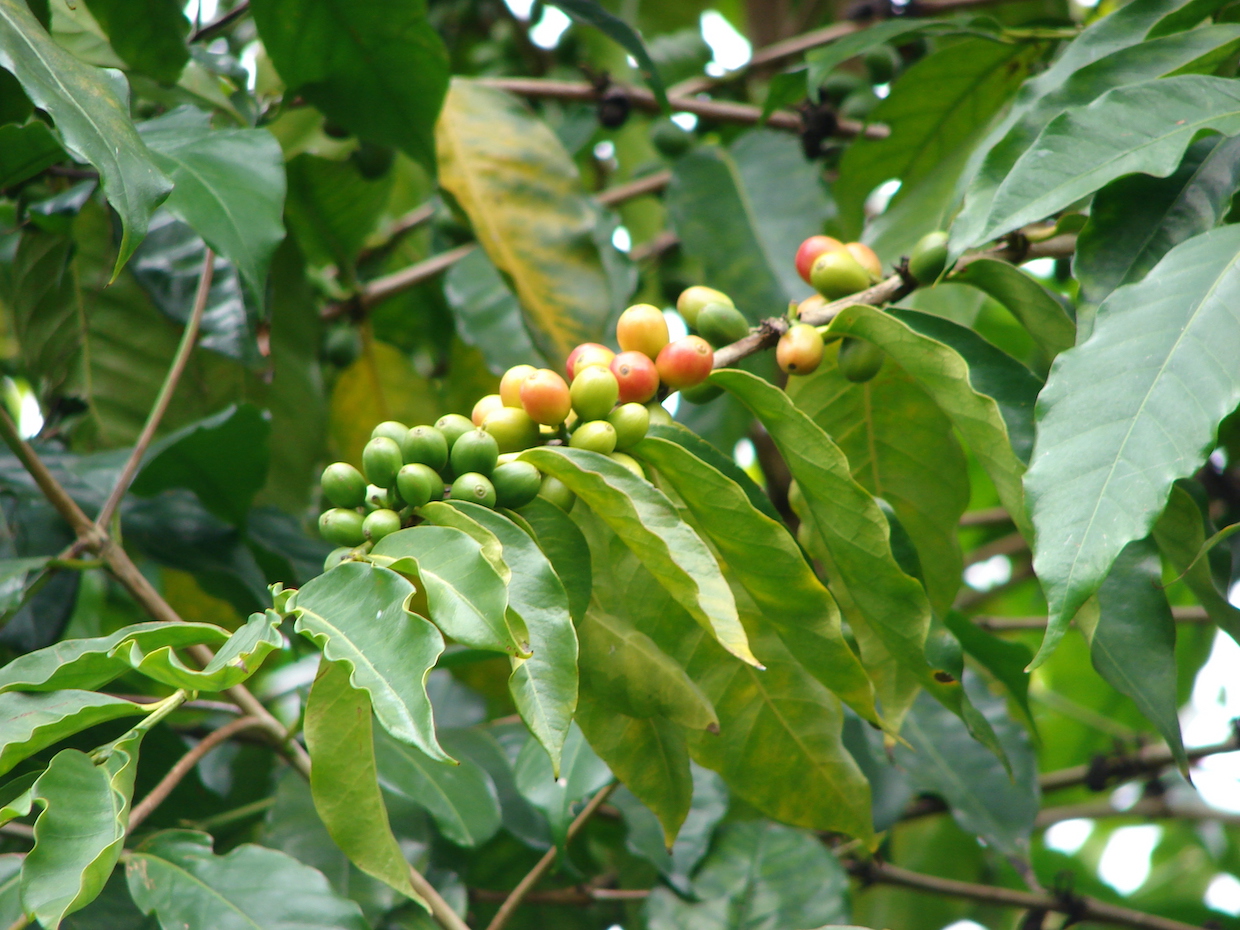
“Starr 070308-5472 Coffea arabica” by Forest & Kim Starr is licensed under CC BY 3.0.
While Ethiopian coffee remains highly sought after on the international market, barriers to trade, climate change and other external forces may result in largely flat production and export volumes, according to the most recent USDA Foreign Agriculture Service (FAS) report on the Ethiopian coffee sector.
[Note: This is part of a series of DCN stories exploring the FAS coffee annual reports. The U.S. information agency is currently scheduled to deliver 16 annual country-level reports on the coffee sector. Each of those reports come from different authors and field offices.]
Of particular note in the report is the Ethiopian coffee sector’s susceptibility to climate change, especially given the dominance of the more sensitive arabica variety, grown primarily by small-scale coffee farmers.
“Coffee growing in Ethiopia is negatively influenced by climate change and deforestation,” the report states. “Feedback from coffee farming communities, and observations on coffee production and coffee plant stress, indicate that climate change has already had a negative impact due to dramatic forest loss. Relocation of coffee farms/areas will be a key component in building resilience for the Ethiopian coffee economy.”
Anecdotal evidence cited in the report suggests that many coffee farmers are abandoning coffee in favor of more resilient crops with higher short-term value.
“Climate change negatively affects coffee farmers as they experience late harvests due to lack of rainfall and lack of knowledge and technology to implement climate smart agriculture practices,” the report states. “Some coffee farmers in the eastern and southwestern parts of the country switched to farming khat, a drought tolerant plant used as a stimulant drug. Khat has short term economic advantages and a better price but long term negative environmental and health consequences.”
The report estimates that total 2023/24 Ethiopian coffee production will reach 8.35 million 60-kilo bags, a slight increase from the 2022/23 revised estimate of 8.27 million bags. Exports are forecast to reach to 4.83 million bags, which is yet again a slight increase over the 4.82 estimate for 2022/23.
Germany is expected to remain the top importer of green arabica coffee from Ethiopia. In the year 2021/22, Germany imported 20% of the exported share by volume, followed by Saudi Arabia (13.7%), Japan (10%), the United States (9.3%) and Belgium (8%). Coffee is Ethiopia’s number one source of export revenue generating about 30-35 percent of the country’s total export earnings, according to the report.
Ethiopia remains prized on the international specialty coffee market for its high quality and unique characteristics.
“Demand for Ethiopian specialty coffee has increased and continues to grow,” the FAS office states. “Its higher quality status is achieved by implementing the best agricultural practices in farming, harvesting, and processing methods, combined with elevated levels of quality control. In an ideal model, the extra income generated by specialty coffee is distributed throughout the supply chain, including the coffee farmers.”
Does your coffee business have news to share? Let DCN’s editors know here.
Comment
1 Comment
Comments are closed.






It interesting topics. How far affecting climate change the environment of coffee a
Farming.